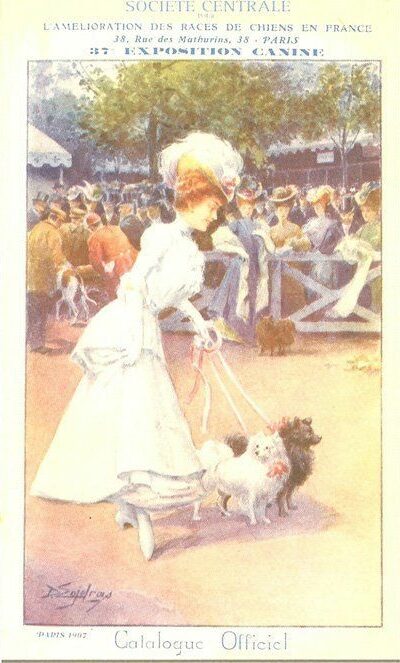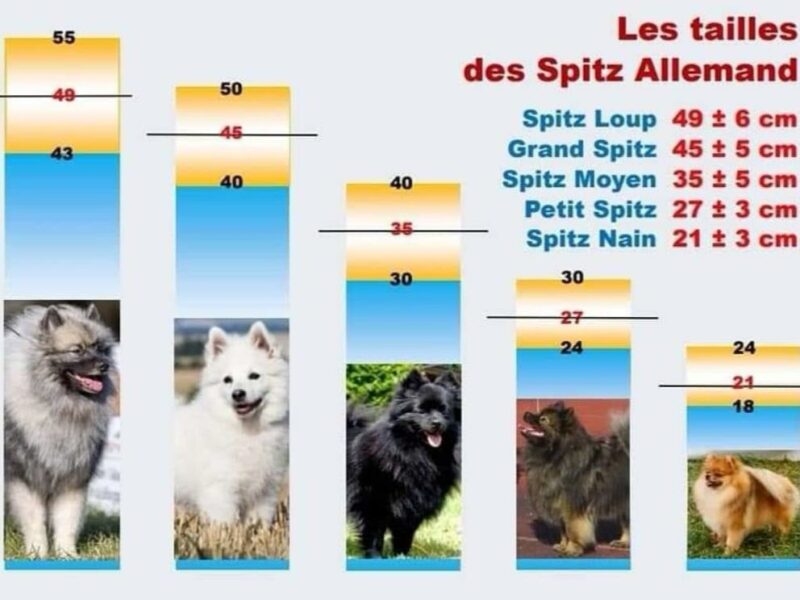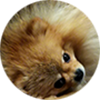
Groups
The I.C.F(International Cynological Federation) imposes an official classification dividing the dog breeds into 10 groups.
Within these 10 groups are breeds with a number of common distinguishing characteristics.
Group 1: Sheepdogs and Cattle Dogs (except Swiss Cattle Dogs)
Group 2: Pinscher and Schnauzer dogs – Molossoids – Swiss Mountain and Cattle Dogs and other breeds
Group 3: Dog Terriers
Group 4: Dachshunds
Group 5: Spitz and Primitive dogs
Group 6: Hounds, Bloodhounds and Related Breeds
Group 7: Pointing Dogs
Group 8: Game Retrievers – Game Breeding Dogs – Water Dogs
Group 9: pet dogs and companion dogs
Group 10: Greyhounds
Attention, it is important (law of 1st -01-1999) not to confuse the notion of group with that of category (belonging or not to a “dangerous dog”).

Sections
These different groups are divided into sections.
In group 5, the one that concerns us, there are 7 sections:
- Section 1: Nordic sledge dogs
- Section 2: Nordic hunting dogs
- Section 3: Nordic guard and sheepdogs
- Section 4: European spitzes
- Section 5: Asian Spitzes and related breeds
- Section 6: Primitive type
- Section 7: Primitive type hunting dog
What about the German Spitz?
The German Spitz therefore belongs to :
Group 5 (Spitz and primitive type dogs)
of Section 4 (European Spitzes).
There are 5 varieties of German Spitz:
- wolf spitz
- big spitz
- medium spitz
- small spitz
- dwarf spitz



